
The Basics for Starting an Asparagus Patch One Green
The Common Asparagus Beetle can do significant damage to your asparagus by defoliating leaves and damaging stems. This beetle can decimate an asparagus patch in one growing season if not controlled. Bent spears, damage to the spears tips, ferns, and stems may all be indicators common asparagus beetle feeding. Solution:

First pick from our asparagus patch. Outdoor gardens, Outdoor
Home & Garden Garden Growing Guide For Asparagus: Plant Care Tips Plant asparagus for years of delicious, nutritious spring harvests. By Kerin Gould Published July 23, 2021 Mint Images / Getty.
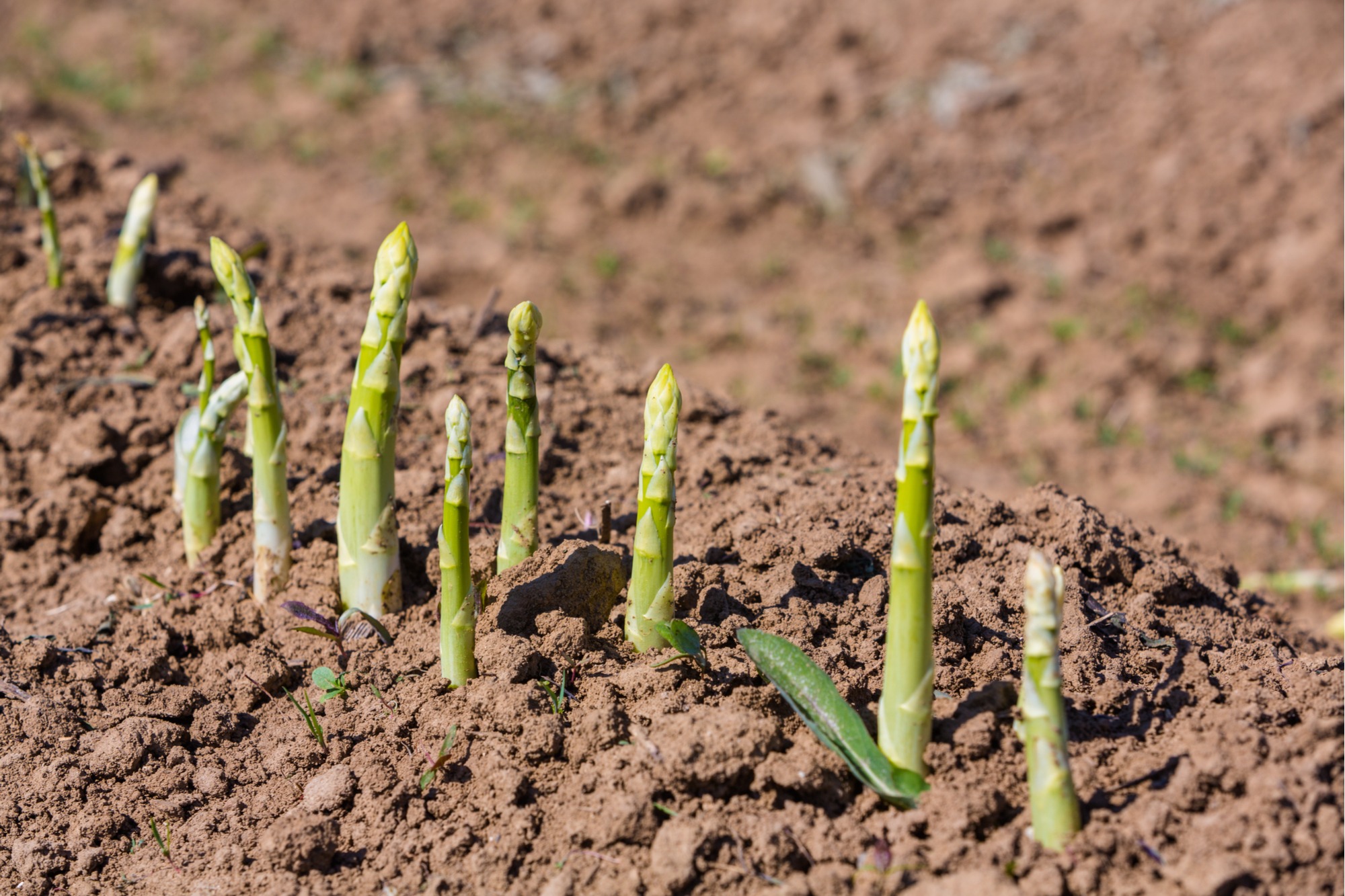
How to Grow Asparagus in Southern California (Guide) InstallItDirect
Facebook Twitter Asparagus is a perennial plant. Plant asparagus where it can grow undisturbed and be productive for 15 to 20 years. Asparagus can be started from seeds or crowns. Plants grown from seed commonly produce a larger number of slightly bigger and more tender spears. Set out seedlings 12-inch seedlings 4 weeks after the last frost.

The Basics for Starting an Asparagus Patch One Green
The Asparagus Patch has been a work in progress for about 10 years. Every year, new roots are added to the area. Eventually, it'll be completely full of asparagus and that will be a happy day! The ground in the Asparagus Patch is really hard and we don't do anything to amend it, which makes it really hard to plant the roots. That is why.

How to Weed An Asparagus Patch Growing Asparagus
Place the crown (s) in the bottom. Some growers create a small mound of soil in the bottom of the trench to support the crowns, but that step is optional. Space multiple plants about 18 to 24 inches apart, and rows four to six feet apart. Cover the roots with about two to three inches of soil.

Our lovely Asparagus patch. Will harvest next Summer half a crop and if
Chapter Article Plant an Asparagus Patch You've never really tasted asparagus before if you haven't eaten it fresh from the garden By Chris McLaughlin Asparagus ( Asparagus officinalis) loses its flavor rapidly once it's been harvested. Photo: Liz West under the Creative Commons Attribution License 2.0
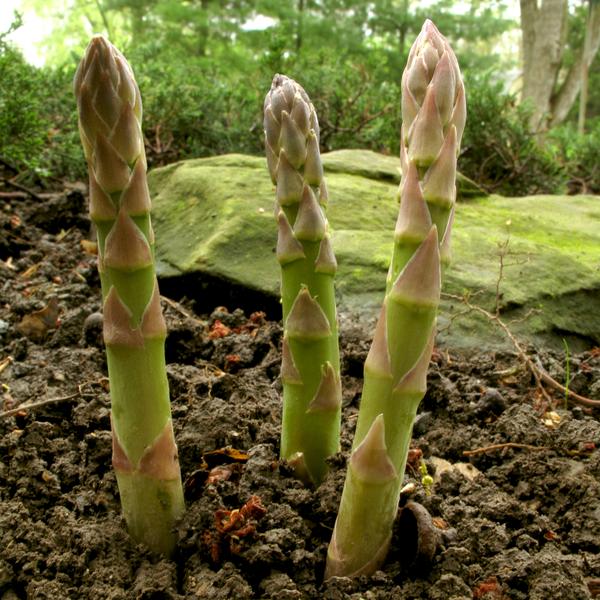
Start an Asparagus Patch! North Carolina Cooperative Extension
You can plant a few crowns next to one another in a row, or lay out a circle-shaped bed to give yourself a nice little patch. If you choose the former, dig yourself a rut at least 8 inches to 1 foot deep to your desired length; if the latter, dig whatever area you wish to plant your crowns in to the same depth. 2.
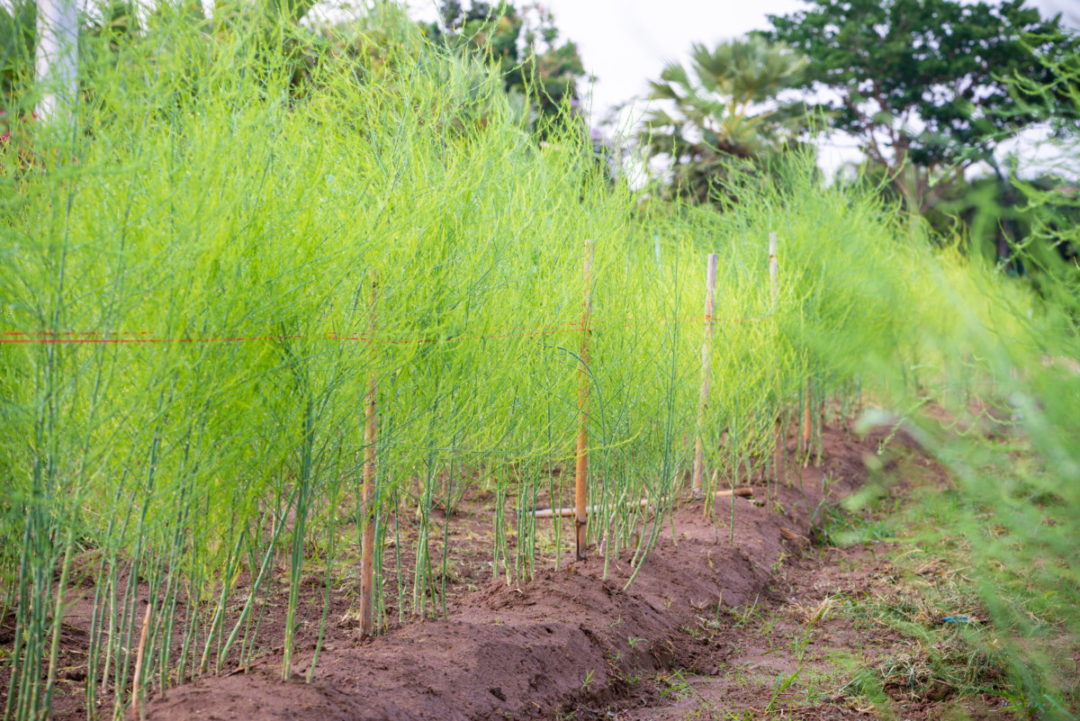
5 Quick Spring Jobs To Prep Your Asparagus Bed For Big Harvests
Spread asparagus on a baking sheet, drizzle with oil, sprinkle with salt, coating the asparagus. Roast in the oven for 5-10 minutes, until bright green. Sprinkle asparagus evenly with cheese and return to the oven until the cheese melts and turns golden (about 2 min). Remove from the oven, squeeze the lemon juice over the roasted asparagus, and.
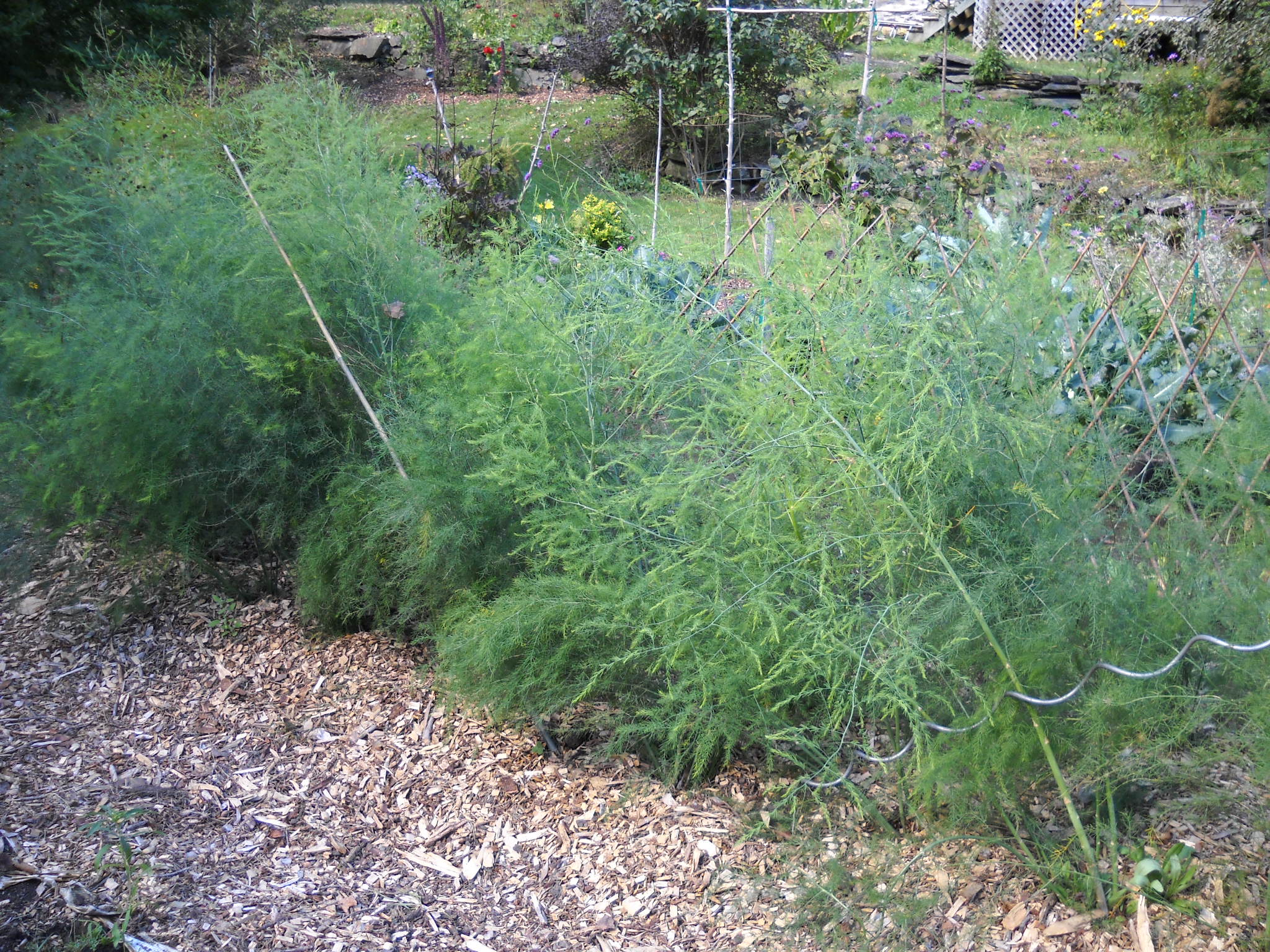
Asparagus patch Henry Homeyer
Create 4″ to 6″ tall mounds at 18″ intervals, and then carefully lay your asparagus crowns in place, spreading the roots out across the top of the mound. Ensure the buds, which look like miniature asparagus spears, are pointed upward. Cover the roots and asparagus crowns with 2-3″ of soil and water them in.
/Growing-asparagus-GettyImages-584015806-58e1acc93df78c5162030450.jpg)
Canwegrowasparagusfromcuttings.srz.php
In the spring, dig a trench about 12 inches deep and 12 inches wide. Combine your compost, fertilizer, or other organic matter, and create mounds with it about 18 inches apart. Set the crown on top of the mound, spreading the roots down the sides. The top of the crown should be about 6 inches below the soil line.
We've had the same asparagus patch for 25+ years. Today's bountiful
Dig a trench about a foot wide and 8 to 12 inches deep—about as wide and deep as the head of your shovel (stay on the shallower side of that range if your soil is heavy or clay based). If adding lime, bonemeal, or other sources of phosphate, you can do so at the bottom of the trench.
Found a beautiful patch of Sea Asparagus on a walk today! Vancouver
Spread 4 to 6 inches (10-15 cm.) of mulch such as straw, wood chips, or other organic materials over the crowns. The downside of mulching the bed is that it will slow down the emergence of the spears in the spring, but this is a small price to pay to protect the bed. You can remove the old mulch in the spring as soon as the shoots begin to emerge.

Senior Gardening Growing Asparagus
March 25, 2015, 11:59 am | Richard Jauron, Greg Wallace AMES, Iowa--It's the time of year when wild asparagus hunters are taking to roadside ditches and railway right-of-ways in search of this spring delicacy -- a hunt that is rivaled only by the woodland hikes to find morel mushrooms.
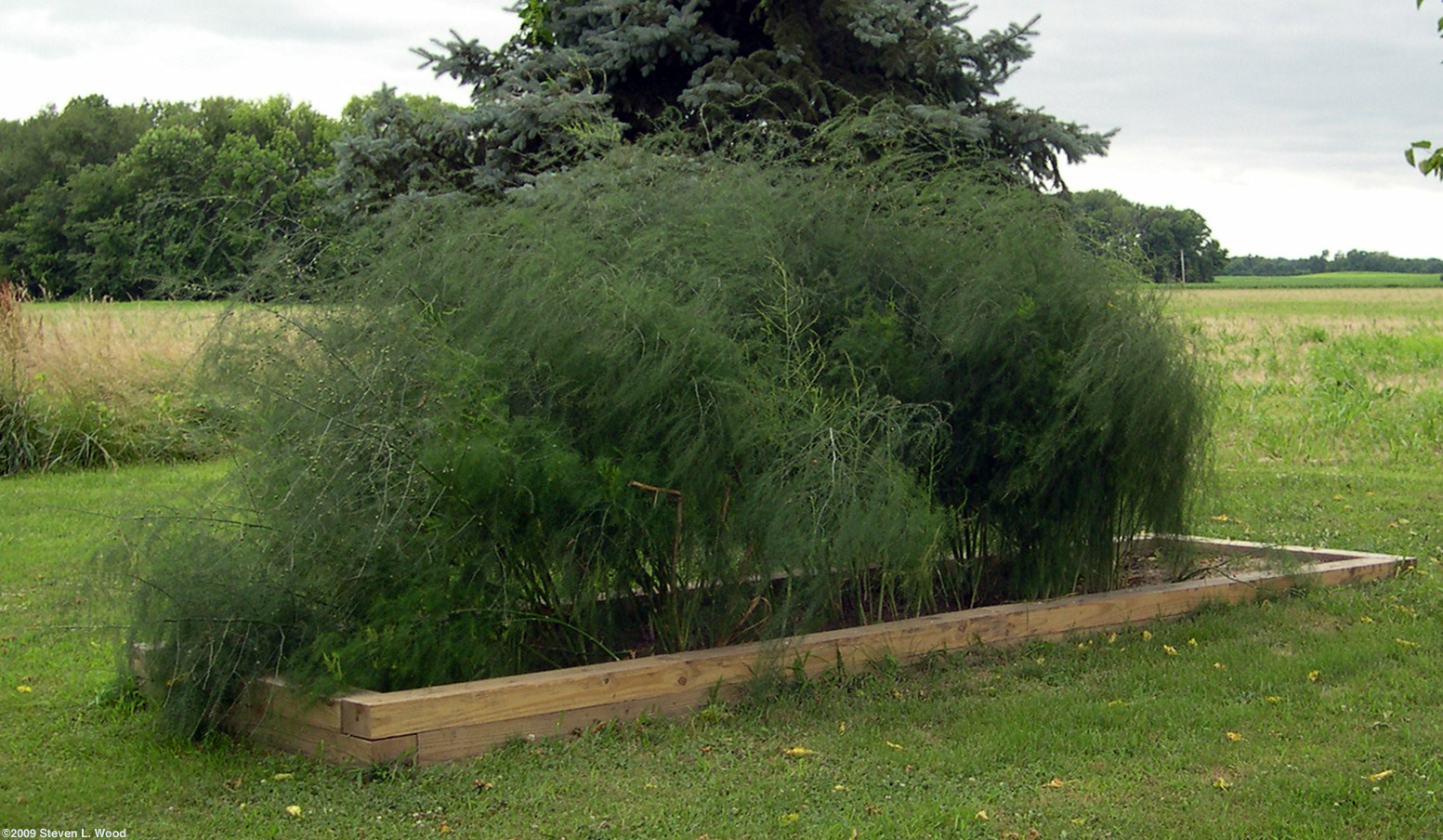
Asparagus Patch Pics4Learning
Vegetables Growing asparagus A quick guide to asparagus An asparagus plant can last 15 years. Choose its spot in the garden carefully. You can start asparagus from seed or from one-year-old roots, called crowns. Crowns grow vertically and horizontally. Planting at the right depth is important.

Planting an asparagus patch from seeds. Part 8. YouTube
Asparagus needs at least 8 hours of sun per day. Since asparagus is a long-lived perennial, do not plant where trees or tall shrubs might eventually shade the plants or compete for nutrients and water. Soil - The crown and root system can grow to an enormous size: 5 to 6 feet in diameter and 10 to 15 feet deep.

The Asparagus Patch My Midwest Garden
After harvest, fertilize your asparagus patch in the early summer. You can top-dress with a balanced organic fertilizer or scatter another inch of rich, weed-free compost over the decomposing mulch. Do NOT cut down the remaining ferns in summer or you will ruin your asparagus bed. Allow the ferns to grow and mature; this replenishes the.